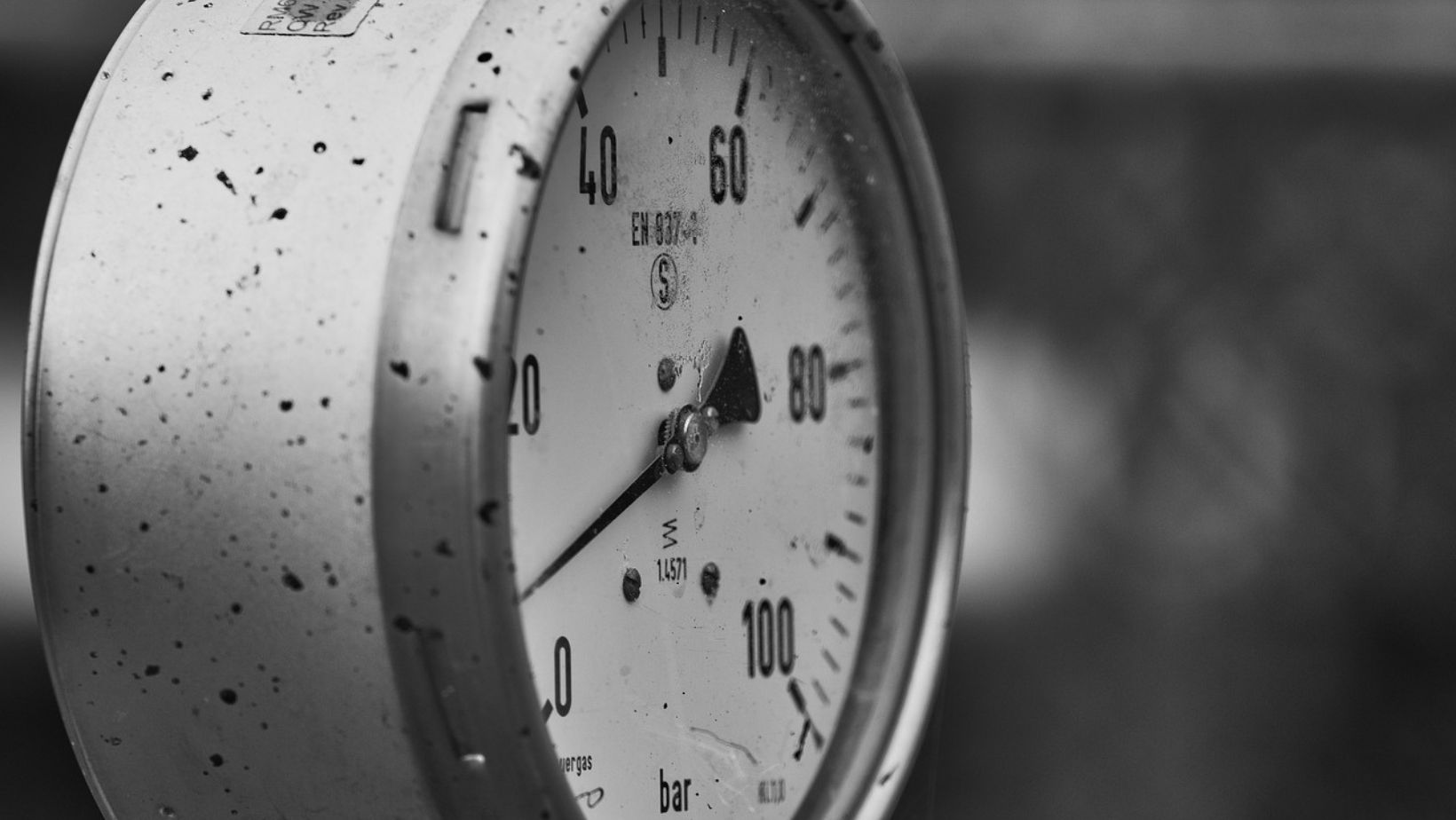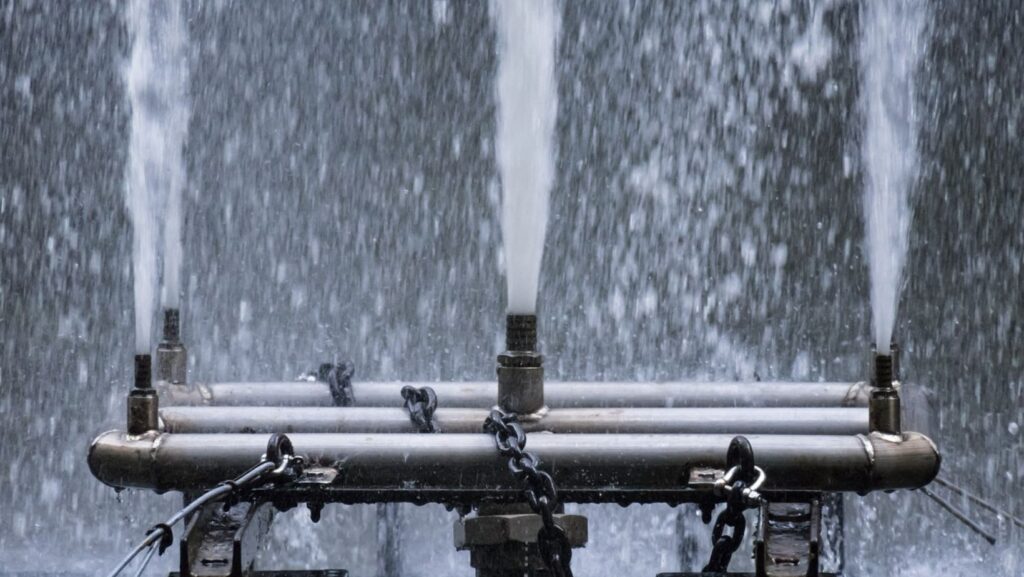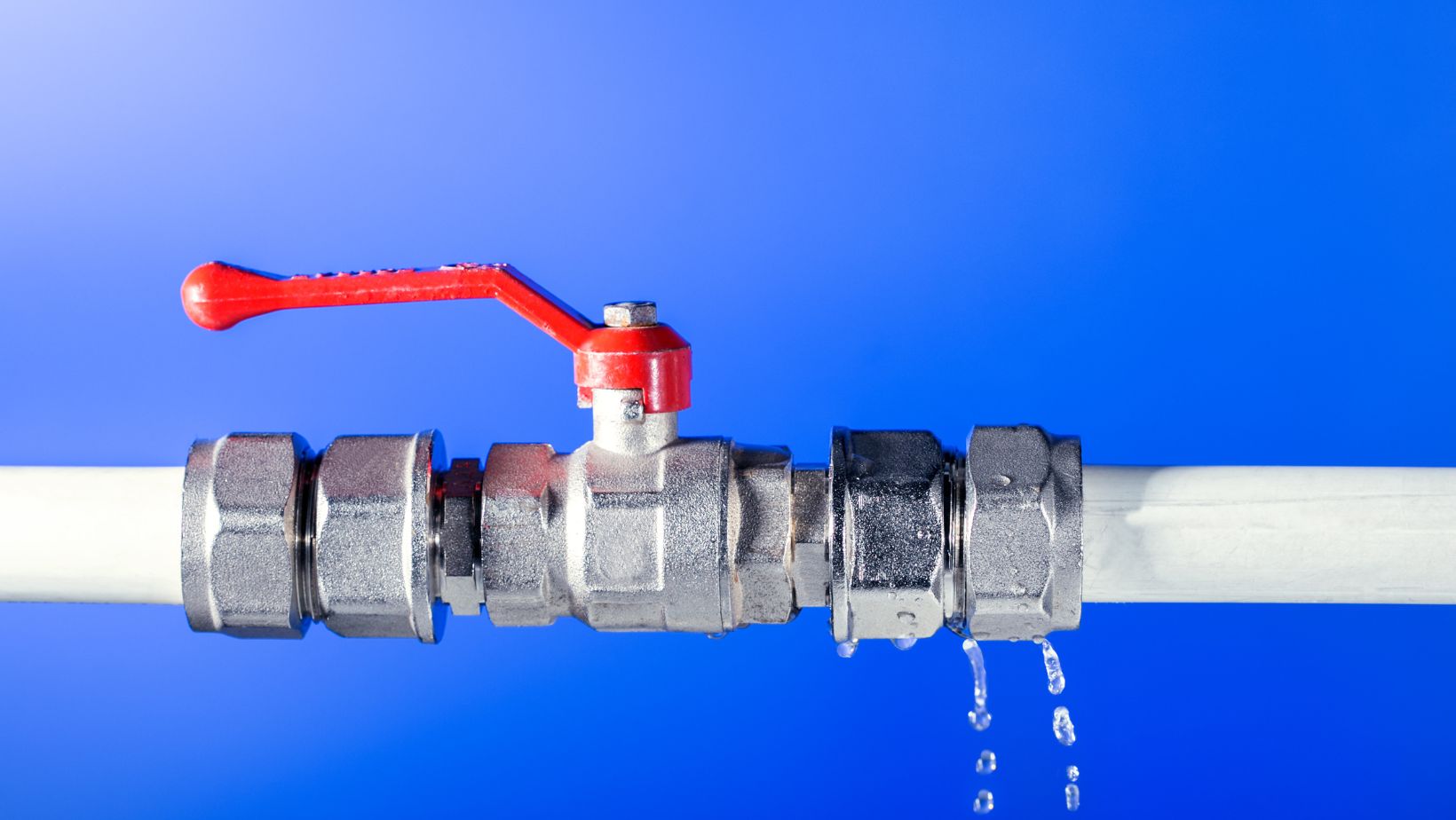Plumbing problems can disrupt daily life and cause significant damage if not addressed properly. From clogged drains to leaky faucets, these issues are common in most households and can sometimes be resolved with a few simple techniques. However, knowing when to handle the issue yourself and when to call a professional is critical to preventing further complications. In this guide, we’ll discuss common plumbing problems and provide practical pro tips to help you solve them efficiently.
Clogged Drains and Professional Drain Cleaning
Clogged drains are one of the most frequent plumbing issues in homes. They occur when materials such as hair, soap scum, grease, or food particles build up in the pipes, restricting water flow. While minor clogs can often be cleared with a plunger or a drain snake, recurring blockages may indicate a deeper problem in your plumbing system. For more stubborn clogs or recurring drainage issues, it’s best to seek professional help. Hiring experts like Wilson can ensure your drains are thoroughly cleaned using advanced tools and techniques that go beyond basic DIY solutions. These professionals can use hydrojetting or camera inspections to identify and clear blockages deep within your pipes, preventing future issues and extending the life of your plumbing system.
Leaky Faucets
A leaky faucet may seem like a minor inconvenience, but over time, it can lead to a significant waste of water and increase your utility bills. Most leaky faucets are caused by worn-out washers, O-rings, or seals, which can easily be replaced. In some cases, the faucet itself may be corroded or damaged, requiring a full replacement.
To fix a leaky faucet, start by turning off the water supply to the fixture. Disassemble the faucet and inspect the parts for wear or damage. Replace the washers or seals as needed and reassemble the faucet. If the leak persists, it may be time to replace the entire faucet. Regular maintenance, such as tightening connections and replacing worn-out parts, can help prevent future leaks.
Running Toilets
A running toilet is another common plumbing issue that can waste a considerable amount of water if left unchecked. Typically, this problem is caused by a faulty flapper valve, which fails to seal the tank properly, allowing water to flow continuously into the bowl. In other cases, the issue may stem from an imbalanced float or a loose fill tube.
To fix a running toilet, start by inspecting the flapper valve. If it’s damaged or worn, replace it with a new one. Next, check the float mechanism to ensure it’s positioned correctly and does not cause the water to overflow. Adjusting or replacing these components is often enough to stop the running water and restore your toilet to proper working order.
Low Water Pressure
Low water pressure can make simple tasks like showering or washing dishes frustrating and time-consuming. It’s usually caused by a buildup of mineral deposits in the aerators of faucets or showerheads, but it can also indicate a more serious issue, such as a hidden leak or problems with your water supply line.

To address low water pressure, start by cleaning the aerators and showerheads to remove any buildup of minerals or debris. Soak the parts in vinegar overnight to dissolve the deposits. If this doesn’t improve the pressure, check for leaks in your plumbing system. If the issue persists or you suspect a more serious problem, it’s best to consult a professional plumber to diagnose and resolve the issue.
Water Heater Issues
Problems with your water heater can lead to inconsistent water temperature, low hot water supply, or even no hot water at all. Common causes include a faulty thermostat, sediment buildup in the tank, or a malfunctioning heating element. For simple fixes, such as adjusting the thermostat or draining the tank to remove sediment, you can attempt to resolve the issue yourself. However, if you’re dealing with a malfunctioning heating element or complex electrical issues, it’s best to hire a professional plumber or technician.
Burst Pipes
Burst pipes are one of the most serious plumbing emergencies and can cause extensive water damage if not addressed immediately. They are often the result of freezing temperatures, corrosion, or high water pressure. When a pipe bursts, it can lead to flooding and costly repairs if not handled promptly. If you experience a burst pipe, the first step is to shut off the main water supply to prevent further flooding. Next, open all faucets to drain any remaining water from the system. Temporary repairs, such as using pipe clamps or tape, can help stop the leak until a professional plumber arrives.
Plumbing issues can range from minor annoyances to serious emergencies, but understanding the common problems and how to address them can help you maintain a functional and efficient plumbing system. By taking a proactive approach to plumbing maintenance and repairs, you can keep your home’s plumbing system in optimal condition and prevent small problems from escalating into larger ones.



More Stories
Luxury Glassware for Yachts — Which Collections Are Worth Bringing On Board
Zoning Spaces Within a Single Room: Architectural Strategies for Spatial Clarity
Luxury Upgrades on a Budget: How to Achieve a High-End Look for Less